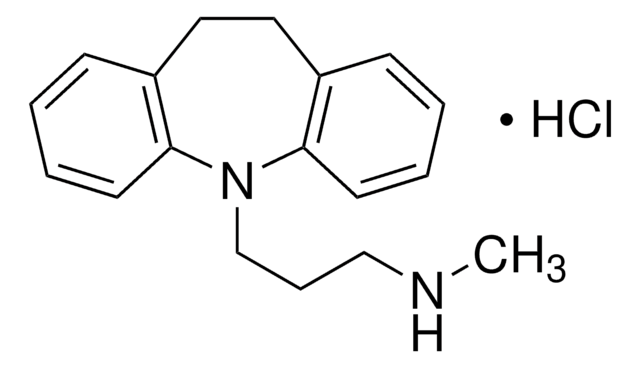AB120
Anti-Norepinephrine Antibody
serum, Chemicon®
Synonym(s):
Arterenol, Noradrenaline
About This Item
Recommended Products
biological source
rabbit
Quality Level
antibody form
serum
antibody product type
primary antibodies
clone
polyclonal
species reactivity
human, rat
manufacturer/tradename
Chemicon®
technique(s)
immunohistochemistry: suitable
shipped in
dry ice
target post-translational modification
unmodified
Gene Information
human ... SLC6A2(6530)
General description
The host of physiological changes activated by a stressful event are unleashed in part by activation of a nucleus in the brain stem called the locus ceruleus. This nucleus is the origin of most norepinephrine pathways in the brain. Neurons using norepinephrine as their neurotransmitter project bilaterally from the locus ceruleus along distinct pathways to the cerebral cortex, limbic system, and the spinal cord, among other projections.
Specificity
The cross-reactivities were determined using either ELISA or RIA techniques, at concentration/unconjugated or conjugated amino acid concentration at half displacement.
Compound Cross-reactivity
Noradrenaline-G-BSA 1.0
Octopamine-G-BSA 0.032
Dopamine-G-BSA 0.016
Adrenaline-G-BSA 0.006
Noradrenaline 0.0002
L-Dopa-G-BSA 0.0002
p-Tryamine-G-BSA 0.0002
*The antisera was also tested for specificity using the free-floating PAP technique on rat locus coeruleus.
Abbreviations:
(BSA)= Bovine serum albumin
G)= Glutaraldehyde
Immunogen
Application
Optimal working dilutions must be determined by the end user.
Neuroscience
Hormones & Receptors
Physical form
Storage and Stability
Legal Information
Disclaimer
Not finding the right product?
Try our Product Selector Tool.
Storage Class Code
12 - Non Combustible Liquids
WGK
WGK 2
Flash Point(F)
Not applicable
Flash Point(C)
Not applicable
Regulatory Listings
Regulatory Listings are mainly provided for chemical products. Only limited information can be provided here for non-chemical products. No entry means none of the components are listed. It is the user’s obligation to ensure the safe and legal use of the product.
JAN Code
AB120:
Certificates of Analysis (COA)
Search for Certificates of Analysis (COA) by entering the products Lot/Batch Number. Lot and Batch Numbers can be found on a product’s label following the words ‘Lot’ or ‘Batch’.
Already Own This Product?
Find documentation for the products that you have recently purchased in the Document Library.
Our team of scientists has experience in all areas of research including Life Science, Material Science, Chemical Synthesis, Chromatography, Analytical and many others.
Contact Technical Service








